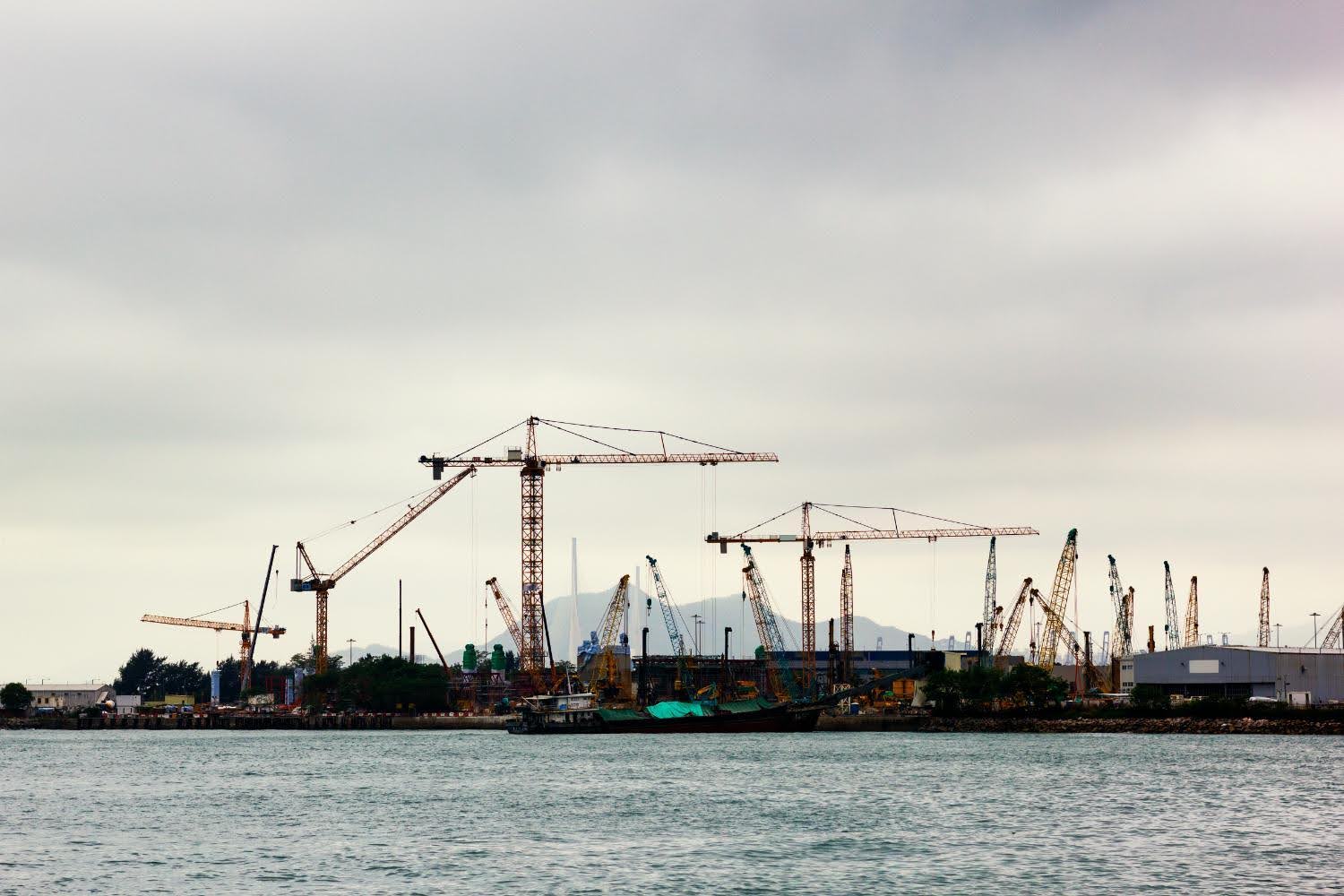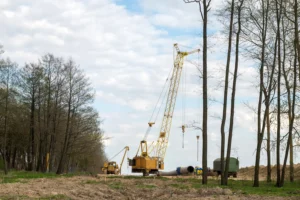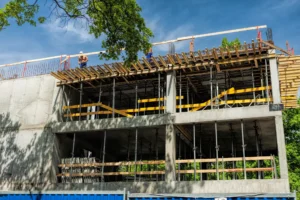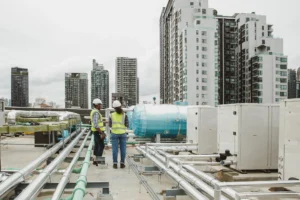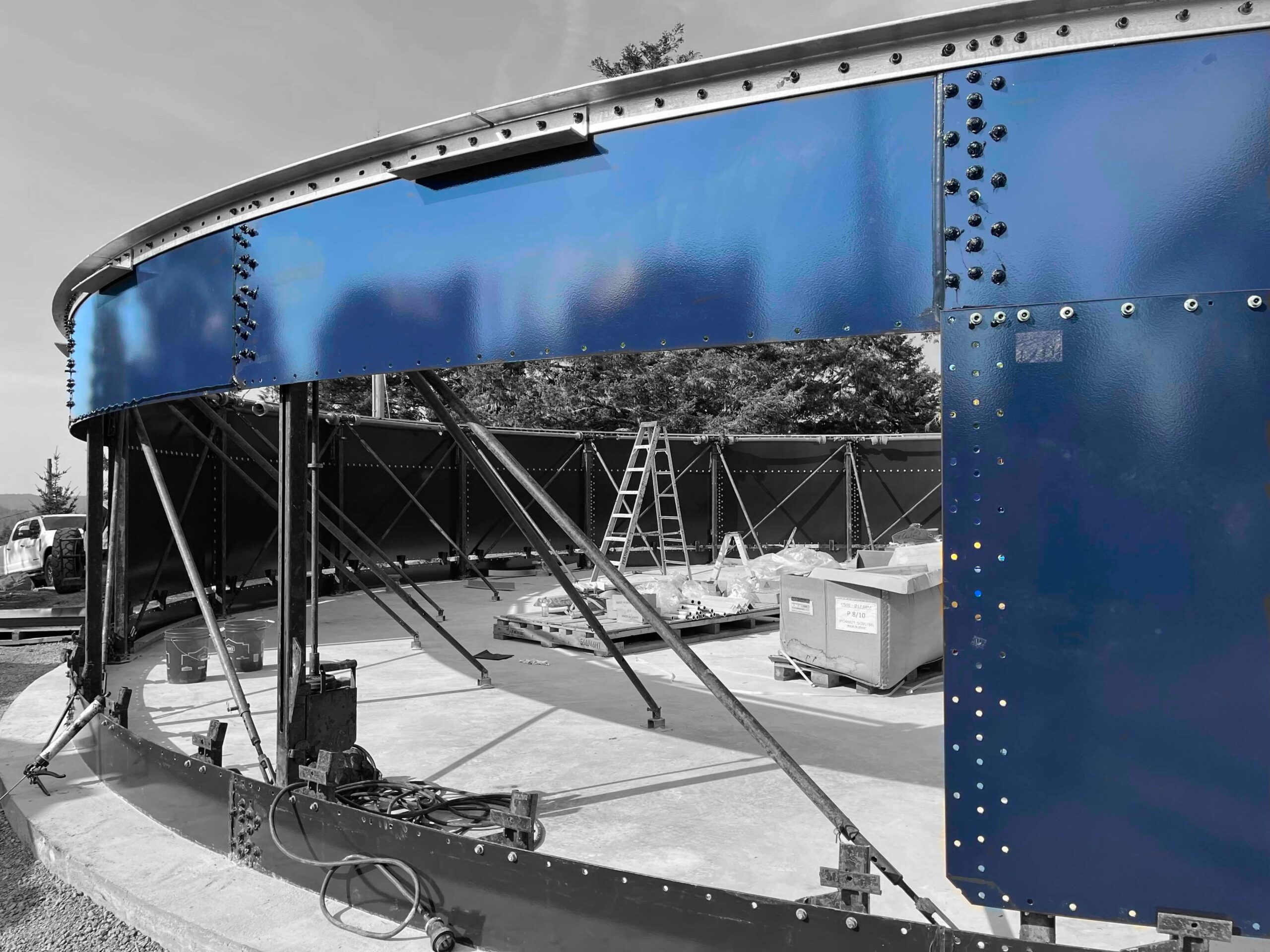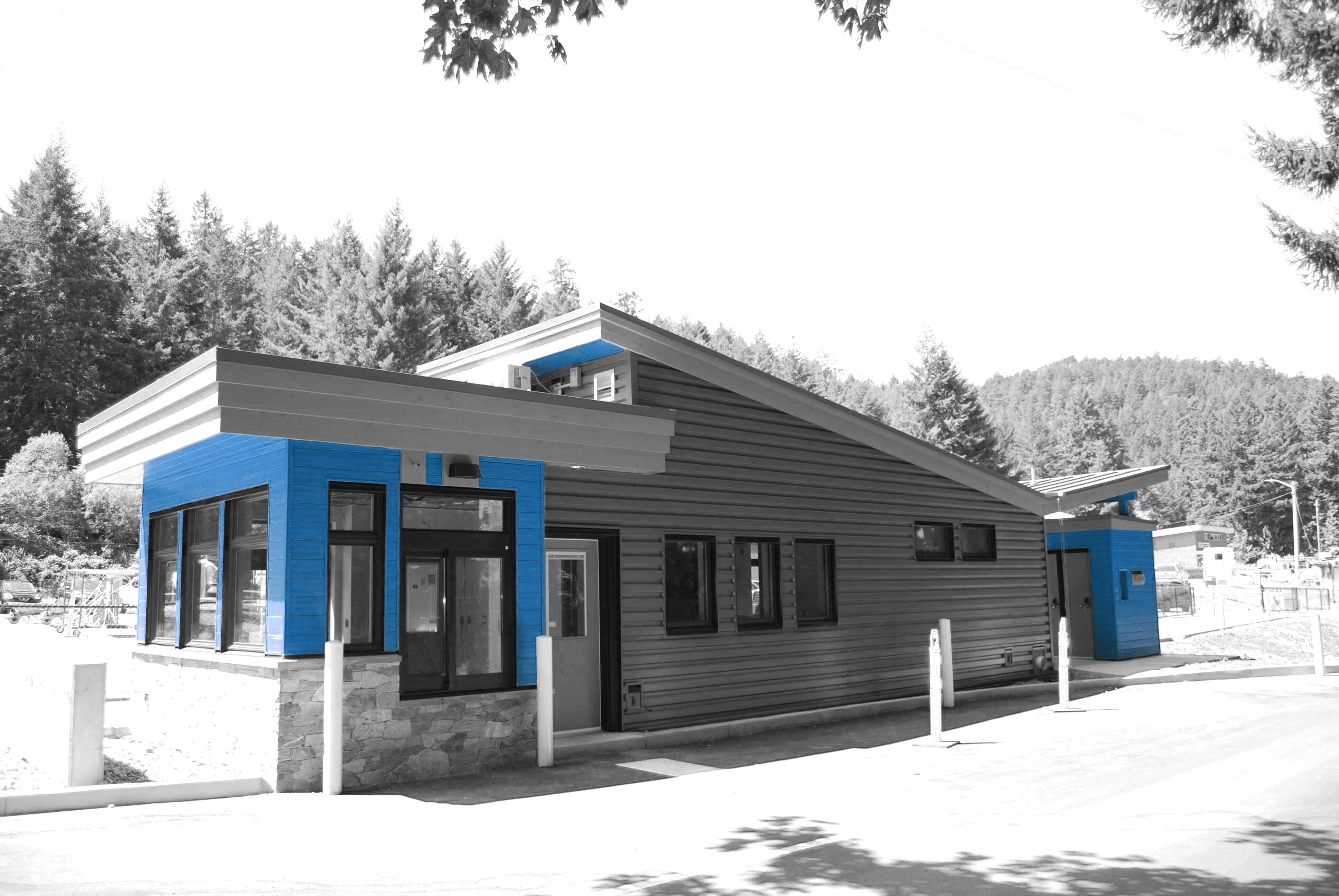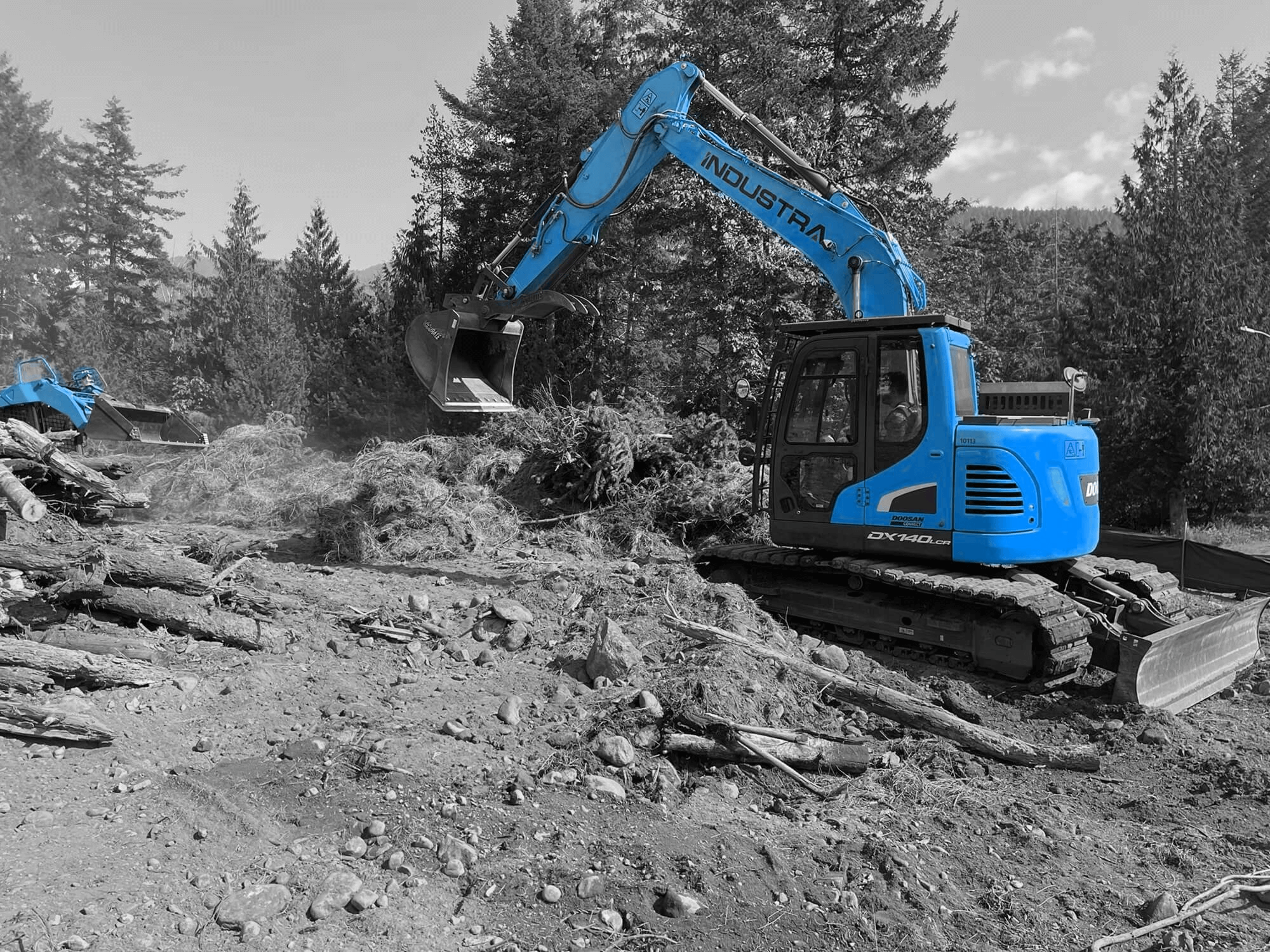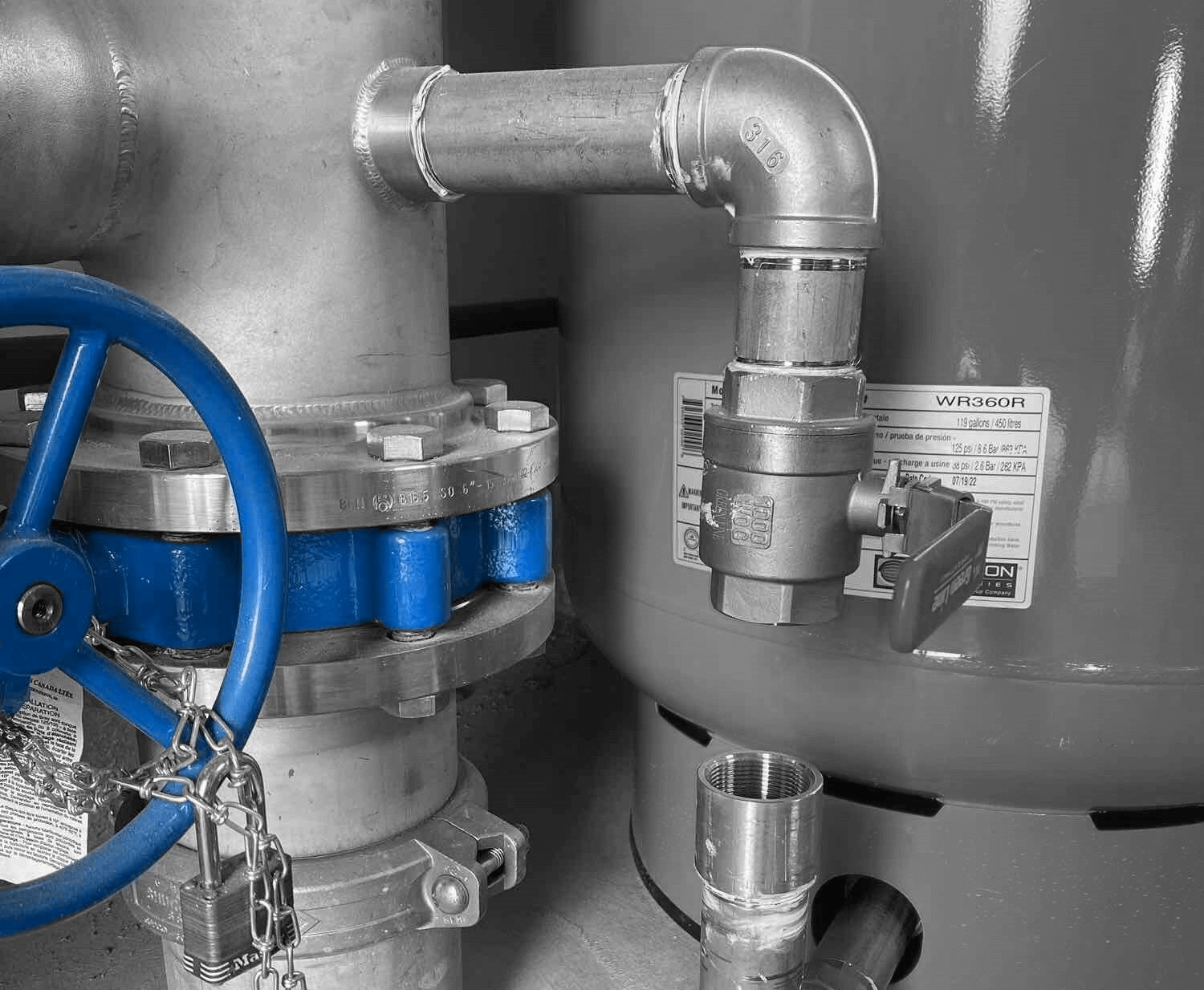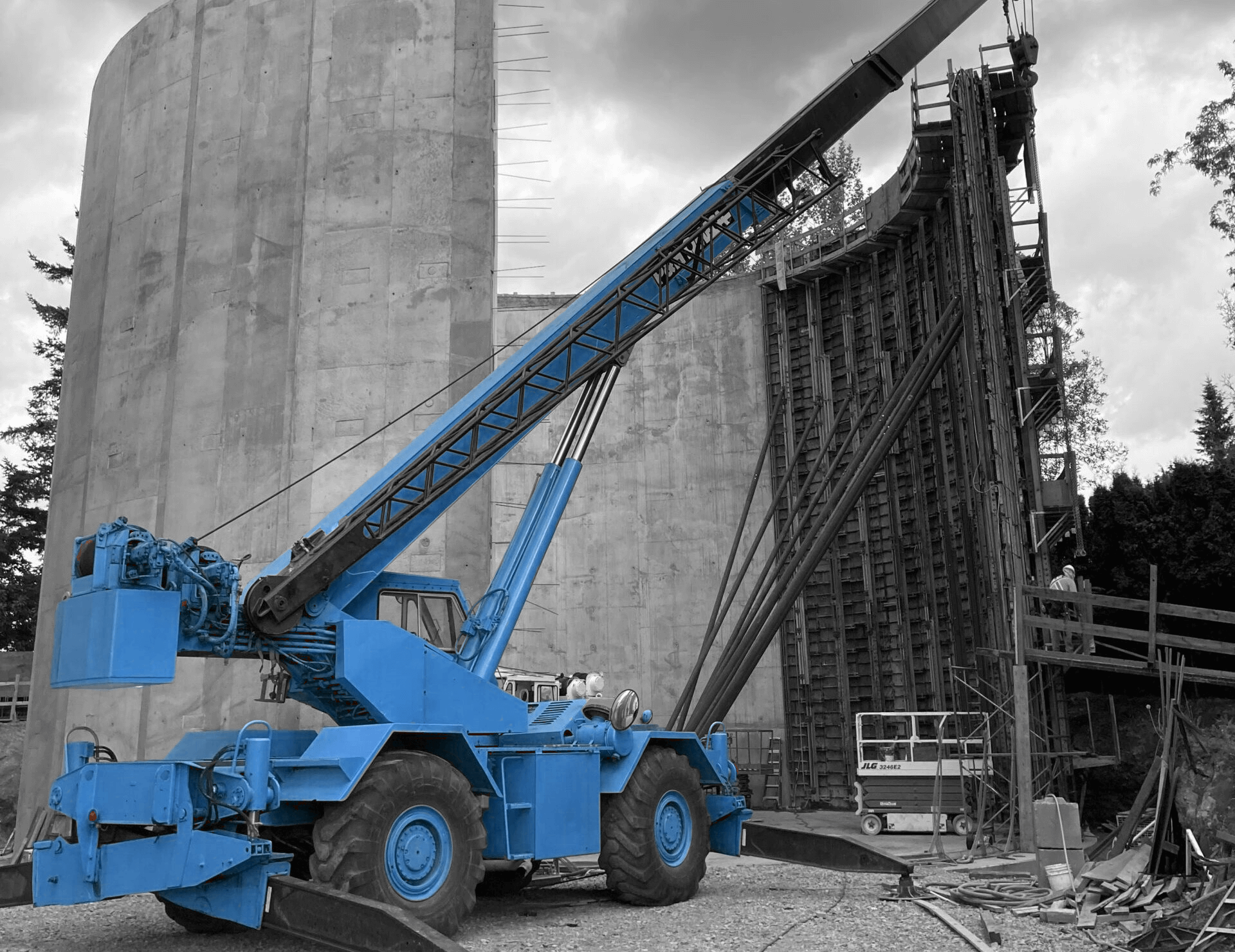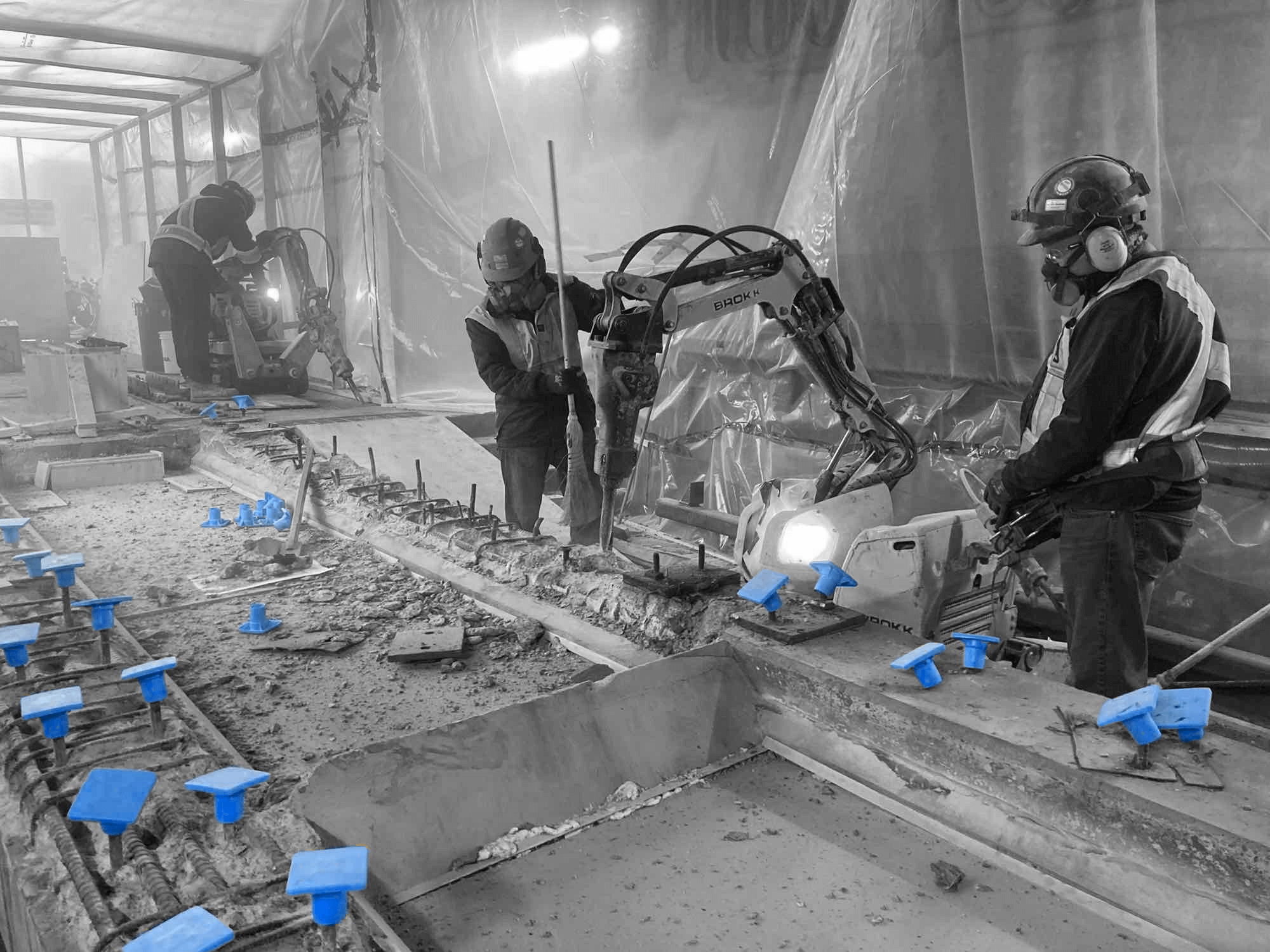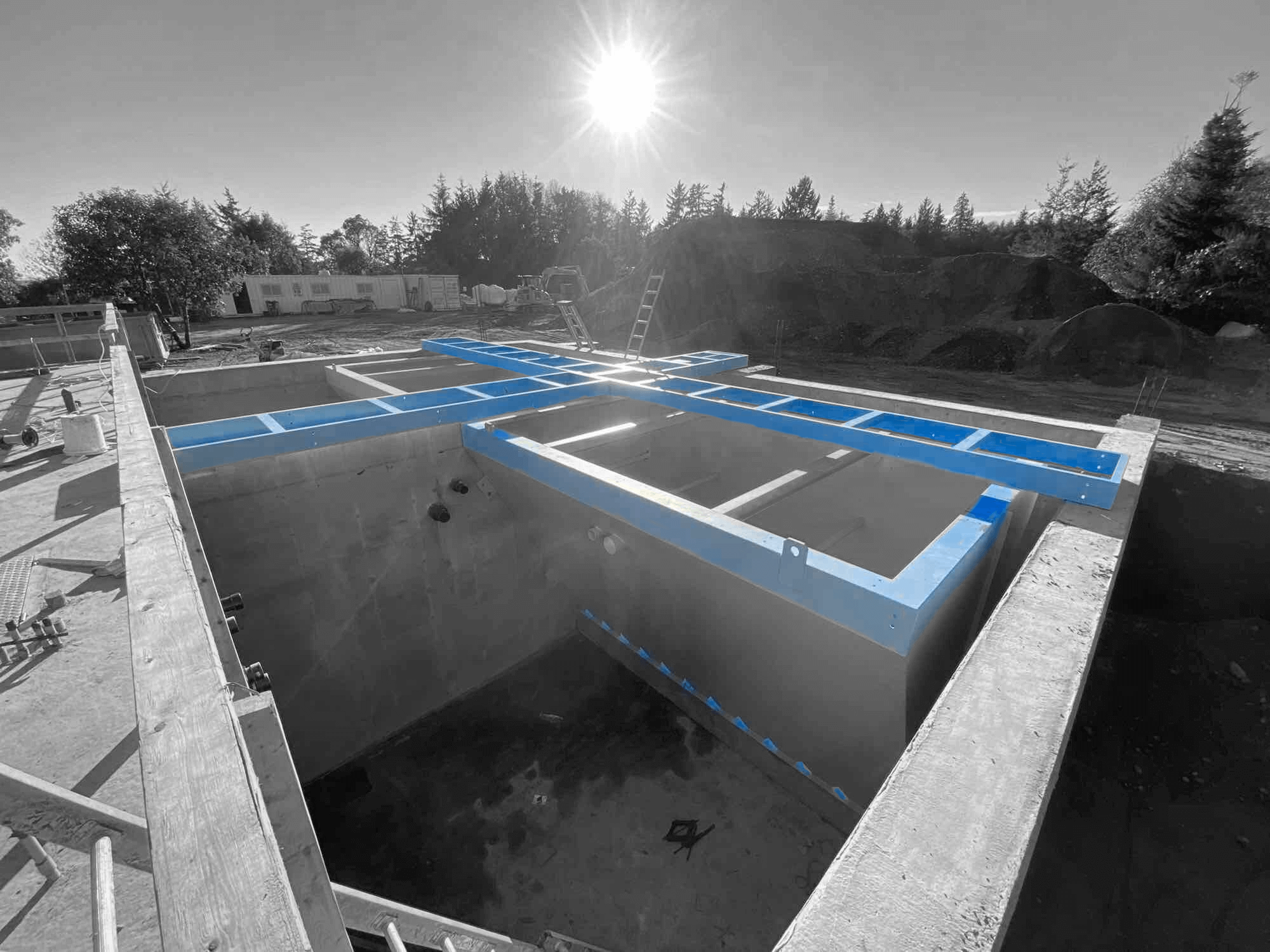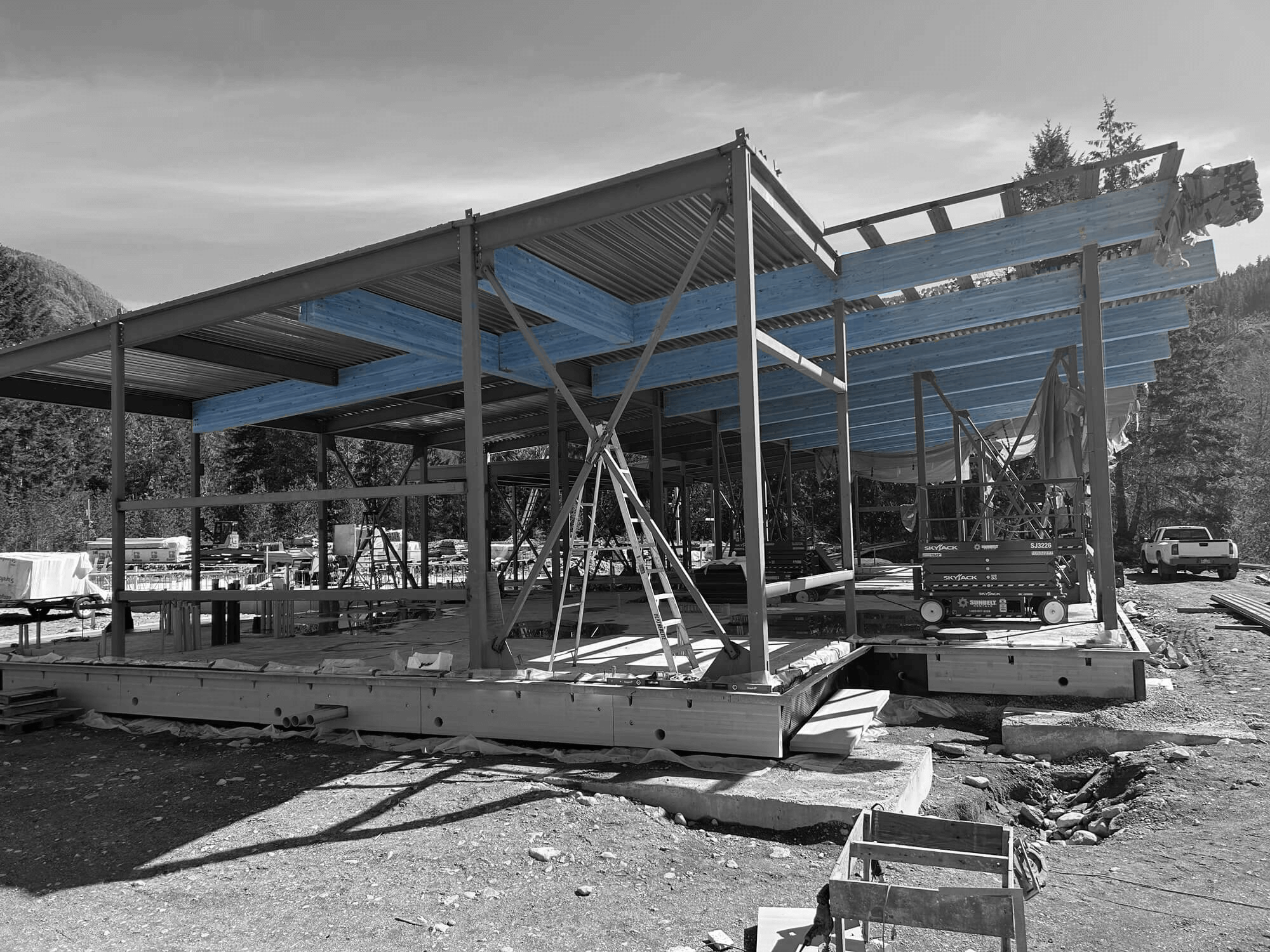Coastlines serve as vital barriers, protecting land from the relentless forces of the ocean. Yet, these natural defences face constant threats from erosion, rising sea levels, and climate change impacts. Protecting coastal regions is essential to preserving ecosystems and human settlements.
Marine construction plays a crucial role in developing effective strategies to strengthen and maintain these precious zones. By understanding the dynamics of erosion and employing innovative techniques, construction efforts can create robust solutions that stand the test of time.
The journey to defending our coastlines requires careful planning, sustainable practices, and a commitment to environmental stewardship. Implementing the right construction strategies helps protect these areas for future generations, ensuring the preservation of natural beauty and ecological balance.
Understanding Coastal Erosion and Its Impact
Coastal erosion is a natural process where wind, water, and weather gradually wear away the shoreline. This process, however, accelerates with human activity and climate change. Increasing storms, rising sea levels, and heavier wave actions cause changes that threaten coastal communities and ecosystems.
The impact of erosion goes beyond just physical land loss. It affects the local economy, especially in areas dependent on tourism and fishing. Erosion can lead to property damage and loss of biodiversity. Critical habitats like wetlands and mangroves, which provide storm protection and support marine life, face destruction as coastlines recede.
Communities feel the social impact of these changes, as homes and livelihoods face uncertainty. Coastal erosion disrupts lives and needs immediate attention to protect them effectively. Understanding how erosion works and its potential damage helps in planning effective marine construction strategies. By grasping the dynamics of this natural force, we can better prepare and protect our coastlines from its adverse effects, ensuring they remain stable and secure for future generations.
Innovative Marine Construction Techniques
Innovative marine construction techniques are central to successfully protecting coastlines. By using advanced and adaptable approaches, these techniques focus on building resilience against erosion and other environmental challenges.
1. Seawalls and Bulkheads: These structures reduce wave impact on the shore and minimize erosion by acting as barriers. Made from durable materials like concrete and steel, they provide long-term protection.
2. Groynes: Perpendicular to the coast, groynes trap sand moved by currents, helping to maintain beach width and reduce erosion effects.
3. Breakwaters: Placed offshore, breakwaters absorb wave energy before it reaches land. This decreases coastal damage and stabilizes shorelines.
4. Beach Nourishment: This involves adding sand or sediment to eroding beaches to restore their width and height. It’s a more natural method but requires ongoing maintenance.
5. Geotextile Sandbags and Tubes: These flexible options provide temporary shoreline reinforcement while supporting plant growth for stabilization.
Incorporating these techniques allows for tailored solutions that fit specific coastal conditions and land uses. Combining traditional and modern methods ensures robust defences against the continual threat of coastal erosion, safeguarding vital land areas from the sea’s persistent forces.
Environmental Considerations in Marine Projects
When engaging in marine construction, protecting the environment is crucial. The delicate balance of marine ecosystems must guide every decision made in these projects.
To start, consider the timing of construction activities to avoid disrupting local wildlife. Many species have specific breeding or migratory patterns, and scheduling work around these periods minimises the impact on their habitats.
Additionally, using eco-friendly materials is essential. Opt for non-toxic, biodegradable materials that do not harm marine life. Methods like living shorelines, which integrate natural elements such as plants and sand, provide erosion control while enhancing habitat value.
Water quality should be protected too. Implement barriers and filters to prevent construction runoff from polluting the ocean. Regular monitoring ensures compliance with environmental standards and regulations.
Finally, coastal constructions should include plans that allow for natural processes. Creating spaces for dunes or wetlands lets the coast change naturally, adapting to environmental shifts.
Balancing marine construction with environmental stewardship ensures coastal projects enhance, rather than harm, these precious ecosystems. Sustainable practices help maintain biodiversity while achieving the necessary infrastructure goals.
Long-term Benefits of Coastal Protection Strategies
Coastal protection strategies offer immense long-term benefits that go beyond immediate erosion control. Safeguarding our shorelines ensures resilience against the impacts of climate change and sea-level rise.
First, these strategies protect properties and critical infrastructure from damage. Reducing erosion-related risks lowers insurance costs and preserves economic stability in coastal communities. This fosters a secure environment for residents and businesses alike.
Coastal protection also supports tourism, which thrives in stable and healthy environments. Attractive and accessible beaches draw more visitors, boosting local economies through increased spending in the area.
Furthermore, preserving natural barriers, like dunes and wetlands, also holds environmental benefits. These areas provide habitats for countless species, support biodiversity, and contribute to carbon sequestration, lessening the effects of global warming.
Lastly, effective protection measures save costs in the long run. Investing in robust infrastructure and eco-friendly solutions reduces future repair and maintenance needs, making it a worthwhile initiative.
By understanding the long-term advantages, communities can embrace coastal protection strategies that uphold both human enjoyment and ecosystem health far into the future.
Conclusion
In striving to protect our coastlines, adopting strategic marine construction methods becomes essential. By addressing coastal erosion with innovative techniques, and integrating environmental considerations, these efforts not only safeguard the land but also provide a sustainable future for communities and ecosystems. Implementing well-planned coastal protection strategies yields significant benefits, enhancing safety, supporting economies, and preserving natural habitats that are both ecologically and culturally valuable.
At Industra Construction Corp., we understand the critical role thoughtful construction plays in protecting coastal areas. As leaders in marine construction, we can help you develop tailored solutions that respect nature while enhancing infrastructure. Partner with us to unlock the potential of your project, ensuring it stands strong against environmental challenges while promoting ecological harmony.


